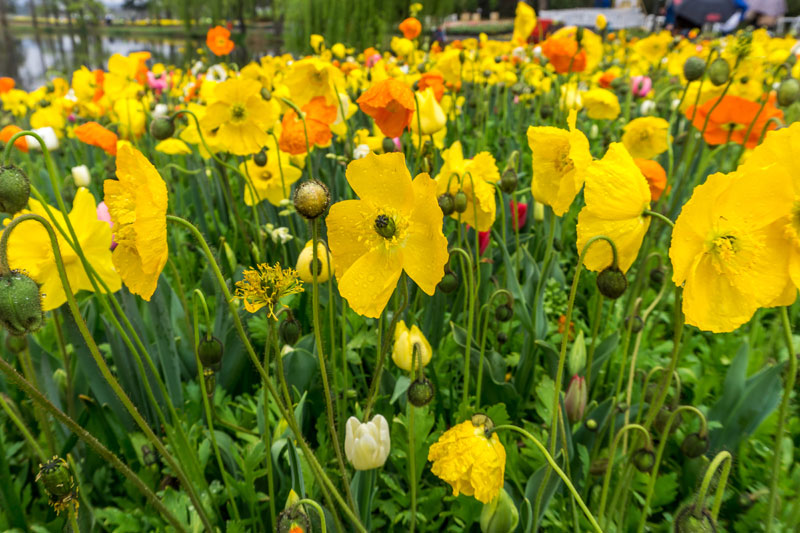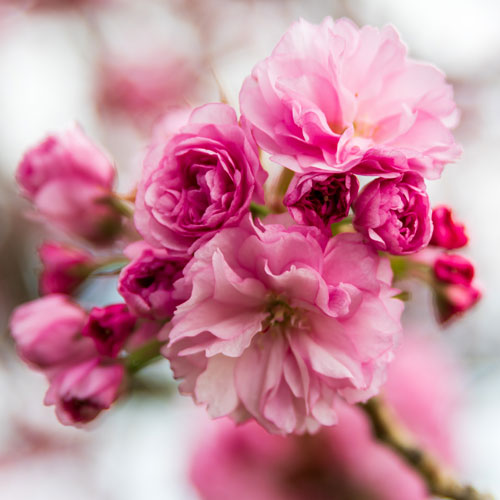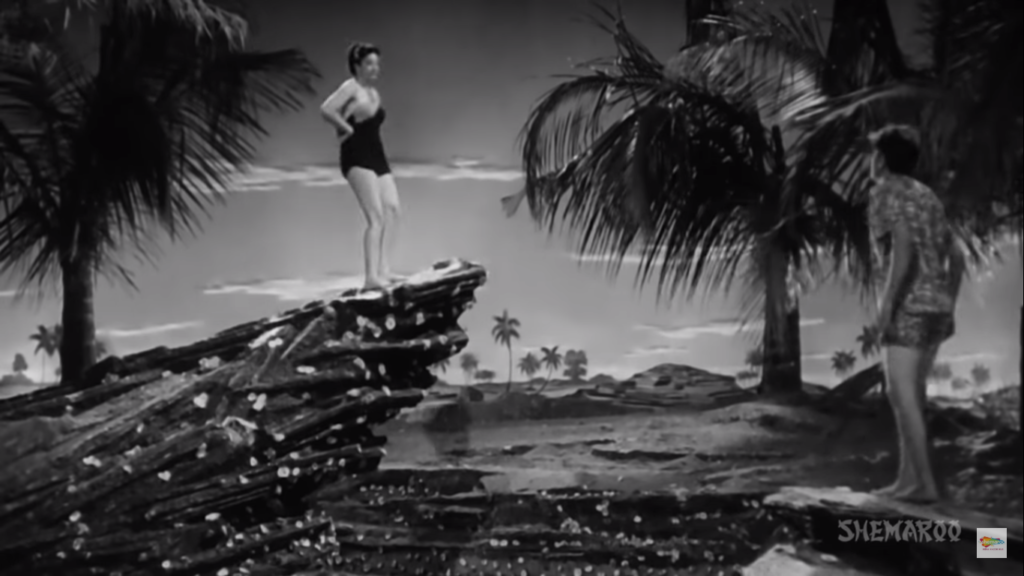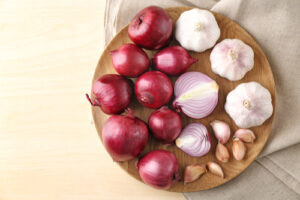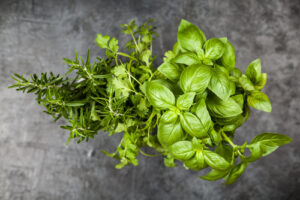The Indian armed forces are well known for having supported the liberation of Bangladesh from Pakistan in the war of 1971. Ajit Apte recounts the blow-by-blow action
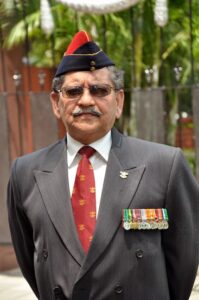 During the 1971 War on the Eastern Front, in the Jessore-Khulna sector, I had the great opportunity to be part of the newly raised 2 Corps, which was tasked to advance and capture Jessore Khulna as part of the offensive plans to liberate East Pakistan and create Bangladesh, or what is known as the Liberation of Bangladesh.
During the 1971 War on the Eastern Front, in the Jessore-Khulna sector, I had the great opportunity to be part of the newly raised 2 Corps, which was tasked to advance and capture Jessore Khulna as part of the offensive plans to liberate East Pakistan and create Bangladesh, or what is known as the Liberation of Bangladesh.
I was the Artillery Gun Position Officer (GPO) of my Quebec Battery, of 14 Field Regiment in direct support of 1 JAK Rifles. This battalion had our coursemate 2/Lt Jasbir Sarai, a dear friend and colleague from the NDA days, and also Lt UC Gupta (ACA of 35th NDA course). The other NDA coursemates were Bharat Jhamb with 26 Madras, PK Chowdhry with 14 Punjab battalion, Surinder Mohla with the 9 Infantry Division Signal Regiment, and Tamal Roy with the Engineers Regiment of the same formation. We also had 4 Sikh and 26 Madras on our Order of Battle (ORBAT).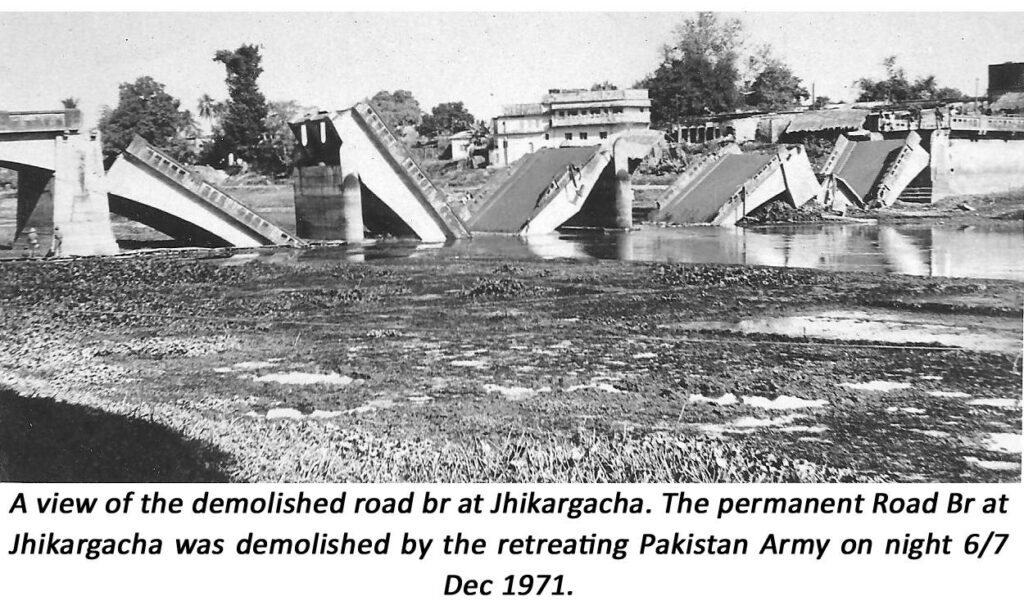
On receipt of intelligence of the withdrawal of Pak troops from the Barni post area, 4 Sikh advanced and secured all areas west of Chaugacha on the main road leading to Jessore from North West held by Pakistan’s 38 Frontier Force Rifles. However, the battalion was directed to halt further offensive and not to cross the river Kabadak. Our 14 Field Regiment’s 98 Field Battery was in direct support to this battalion, and my battery 99 Field Battery along with the remaining regiment with our Serra Battery was in support of 4 Sikh.
Meanwhile, 14 Punjab battalion (Ex 42 Infantry Brigade) was deployed in area Garibpur by 3amon 21 November with C Squadron 45 CAV (PT 76s) wading through the river Kabadak in support of 14 Punjab firm base.
On the morning of 21 November 1971, the famous tank battle of Garibpur was fought. The deployment of forces for the battle had commenced on 20 November itself. Our 14 Punjab Battalion was in Garibpur and fought a gallant battle there. My battery, 99 Field Battery (Q Battery) was allotted in support for this battle. Pakistan’s 107 Infantry Brigade launched a counter-attack with their 3rd Independent Armoured Squadron after dawn and our own Armour Regiment was involved in a fierce engagement.
Capt Jay Sapatnekar from my Shivaji Military School had put my battery at Priority Call for the 45 Cavalry Regiment. I had thus redeployed on the flanks of the Artillery Regiment in direct support to 42 Infantry Brigade for the Garibpur battle. I witnessed the tank vs. tank battle then, and my guns were already on anti-tank gun platforms for direct shooting. Tank Alert AP Charge 3 was ordered by me, and all guns were loaded, ready to engage. We saw the enemy tanks doing a diagonal crosser in front of my guns at about 600m, when I was tempted to give the order to fire. My seasoned troop leader, a veteran of the 1965 war, Nb Sub Raghunath Singh, squeezed my hand and said, Sahib don’t give orders to fire, because it seems the enemy tanks have not seen us, and if we now fire, we will attract them to charge on our battery. Raghunath spoke sense and I listened to him.
The enemy tanks moved across, and we waited for the next opportune moment. Nothing happened. I saw some people in that area who looked like foreigners, perhaps European I thought; later I learned that they were some BBC correspondents who were reporting the battle. Heavy firing and tank noises continued throughout, reminding us that it was the war for us. After the battle was over that night I disengaged from that location, got permission to return and join my regiment.
When I returned to my regiment location after the battle, I heard the news on my transistor, and what the BBC had reported was accurate and I had actually seen it happen – 11 enemy tanks were destroyed and the enemy armor squadron had limped out with only three tanks intact. The destroyed Pakistani tanks were thereafter recovered and moved inside the Boyra Bulge. Defence Minister Jagjivan Ram addressed the troops, congratulating them for their valor, and providing additional motivation for us.
Later on the night of 16-17 December 1971, I would actually get the opportunity to meet the badly mauled Pakistani 3 Independent Armoured Squadron Commander, outside the minefield at Siramani, en route to the final battle of Khulna. He drove in that night on 16 December, and while I was waiting on the roadside with officers of 45 Cavalry having tea (till the minefield breaching or trawling was being completed), this Pakistani officer offered his revolver and said the war is over, and that I should take him to the senior officer of the Indian Army then and there. I escorted the Pakistani officer to meet Lt Col Jamwal, Commandant 45 Cavalry, and then he told us that his squadron had been outmaneuvered by our armor, and what the BBC had reported on the news was correct.
I waited for the Vehicle Safe Lanes and once that was completed, I inducted my battery at about 2am through the minefield – a great experience indeed. In the early morning hours of 17 December 1971, wondering if I had heard correctly that the war was over, I deployed my battery and opened fire immediately thereafter on enemy targets. No sooner had I done that, than our Adjutant Jay Sapatnekar made a radio transmission that the Pakistani armed forces had agreed to a unilateral ceasefire, and were ready to surrender unconditionally to the Indian army. This signaled that the war was finally over, and was a moment of great triumph for us all.
Air attack
The Battle of Garibpur and the Boyra Air Battle were actually intertwined. The Pakistan Air Force had been making frequent runs on 21 November in the Garibpur area but was uncontested. The Pakistani Sabres, not seeing any Indian response, though they could have a free run and thus were very active since 8 am on 22 November. They had made numerous runs at the treetop level intermittently over our corps zone, with special focus on our guns, tank concentrations and on the engineers bridging areas. They again launched an air strike at 2.50pm on 22 November 1971 with four Pakistan fighters engaging forces deployed in the lodgement areas across the border.
We ground forces were desperately looking for our own IAF to step in and do something because the PAF appeared to be in total air dominance over us. I distinctly remember looking helplessly at the Sabres and trying to explain to my battery as to why our own air force was not coming in. I had seen one of the Sabres at a little over treetop level, dive over my gun position between the neighboring 100 Field Battery, where the Gun Position Officer was Gabriel Pereira. But for some unknown reason then, the pilot didn’t release his payload and instead flew across and then pulled up. We learned later that the bombs were dropped on the engineers’ location, ahead of us, where they had spotted a tank stuck on the bridge. Apparently there weren’t any casualties.
The enemy Sabres had been dominating the skies over us, when suddenly we saw our Gnats from 22 Sqn IAF at Dum Dum airport near Calcutta, arriving with a sense of authority. They soon locked onto the tail of the enemy aircraft as they were strafing, our locations. We were about to witness a dogfight between our Gnats and the enemy Sabres, that afternoon.
This is what exactly happened in the transmissions on the Air force Radio Telephony or RT that developed into the classic air battle or dogfight between the Gnats of the Indian Air Force and the Sabres of the Pakistan Air Force on 22 November 1971. This RT Conversation is what actually transpired, between Fighter Control and the pilots who had sprung into action. DEV: PLACE THE BOX HERE
BOX:
Headline: ‘Murder, Murder, Murder’
Intro: Based on the excerpts of the narration to us collectively by Gp Capts Bagchi, Soares, Don Lazarus and Air Marshal Sharad Savur, this is the buildup for the dogfight over Boyra
Intrusions by Sabres
The first intrusion of four F-86 Sabres was picked up in the Jessore area by our radar at 0811 hours. These were the Sabres operated by No.14 PAF squadron. No.22 Squadron scrambled four Gnats from Dum Dum. However the Sabres had flown back to their territory by the time the Gnats could make it to Boyra.
A second raid by the Pakistanis followed at 1028 hours. An interception could not be carried out in time and the Sabres went off unscathed. However the third strike was not to have the same luck for the Pakistanis.
The Pick-up
At around 1448 hours, the radar picked up the four Sabres as they pulled up in a north westerly direction to about 2000′ AGL. Within a minute, the ORP at Dum Dum was scrambled. Four Gnats took off by 1451 hours, less than three minutes from the time the Sabres were detected by the radar.
The Fighter controller in the sector was Flg Offr KB Bagchi. He told the formation leader, Flt Lt Roy Andrew Massey, “One O’Clock, 10 Nautical Miles”. Massey Replied “Contact, I can see them pull up”.
The Sabres seemed to have already carried out several passes in the eight minutes it took the Gnats to reach the Boyra Salient. The Sabres were commencing to start another dive – they were at about 1800 feet altitude and diving down to 500′ in an attack run.
“Right-Wing over attack”. Shouted Bagchi, “half twelve, thousand yards”
Contact” replied Massey.
“Request type,” said Bagchi.
“Sabres.”
“Shoot” was the command from the Fighter Controller.
The Indian Air Force Gnats then commenced their superlative action.
Action by the Gnats
It was at 2.59 pm.
The four Gnats dived into the attack to bounce the Sabres. The first section of Gnats was of Massey and Flg Offr SF Soares as his No.2. The second section consisted of Flt Lt MA Ganapathy and Flg Offr Don Lazarus. As the Gnats dived in, a section of two Sabres pulled out of the attack and placed themselves in an awkward position, just in front of Ganapathy and Lazarus. Ganapathy called out on the R/T ‘Murder Murder Murder’. Both the pilots did not waste time on this perfect opportunity. Cannon shells slammed into the pair of Sabres and both the Sabres were badly damaged. The Pakistani pilots promptly ejected out of the Sabres and drifted down to Boyra by parachute. The wreckage fell near Bongaon village
Massey in the meantime pulled up over Ganapathy and Lazarus to latch onto another Sabre. The Sabre broke into Massey’s attack forcing him to take a high angle-off burst. The burst missed the target. Massey took another well-aimed burst at 700 yards and hit him in the port wing. By that time, Massey’s starboard cannon had stopped firing. But the Sabre streaked back into Pakistani territory trailing smoke and fire. Massey himself realized that he was well over East Pakistani airspace in the chase to hit the Sabre. He then turned around and rendezvoused with the rest of his formation.
END OF BOX
The Gnat pilots were Flt Lts Roy Andrew Massey and Ganapathy, and Flag Officer Don Lazarus, who won the air force’s first VrCs and that too for action over our gun area and the corps zone on our infantry brigade, in whose direct support was my artillery regiment. Flg Officer Soares was the other pilot in action.
The two Pakistani pilots ejected, and their parachutes landed over the 4 Sikh battalion of the infantry brigade that we were in direct support to. Capt HS Panag (ACA 33rd NDA –Kilo Squadron, later Lt Gen Army Commander), who was the adjutant of that battalion, initially apprehended them and then sent them to our artillery regiment which was behind, echeloned on a flank. I was the nearest battery to the regiment command post, and was summoned by the 2IC Maj Basudev Krishna (9th NDA course ACC, and Gold Medal Winner of that course), and Capt Jay Sapatnekar Adjutant, to reach the command post with Lt Gabriel Pereira, my neighbouring Gun Position Officer, to manage the two apprehended pilots and blindfold them. We did that as ordered.
Prisoners of war
The Pakistani pilots were Flt Lt Pervaiz Mehdi Qureshi (who subsequently became the Chief of Air Staff of the Pakistan Air force in 1999 during the Kargil conflict), and Flg Officer Khalil Ahmed. Both the Pakistani pilots asked us not to hand them over to the Mukti Bahini, which we agreed to. Both became PoWs and were well treated by us as per the Geneva Conventions. In our regiment vehicle, we sent them to the Infantry Division HQs. Most of our coursemates there had witnessed this in some way or the other, but I had experienced a great event to cherish.
Most interestingly, in October 2017, through my Shivaji Military School Junior colleague Rajeev Ketkar, another IAF fighter pilot, I managed to connect with Gp Capt Don Lazarus, (who had shot down Pervaiz Mehdi), Gp Capt Soares, Gp Capt Bagchi, the Flight Controller (who had ordered the Gnats to scramble that afternoon on 22 November 1971) and Flt Lt Sharad Savur, our Forward Air Controller (FAC) with our Infantry Brigade (later retired as Air Marshal – AOC-in-C, Southern Air Command).
We were able to invite Don Lazarus, Soares and Sharad Savur to the Rajendra Sinhji Army Mess & 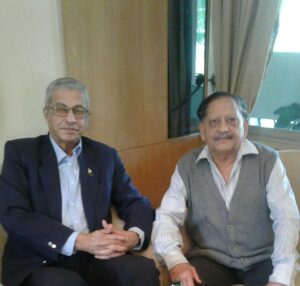 Institute (RSAMI) at Pune for lunch, and give them a vote of thanks for what they had done for the Ground Forces on 22 November 1971. Bagchi could not attend, but spoke with us via cellphone speaker, and the pilots unravelled their story as it unfolded that afternoon. Sharad Savur had played a very major role in assisting me on 7 December 1971, when as FAC, he stood with me in my gun position, and told his FAC detachment to help my gunners unload ammunition from the ammunition bay, and bring it to the guns. My guns were firing Charge Super at rate Intense, to support the infantry brigade (JAK Rifles, Madras and the Sikh Bns) in capturing Jessore successfully that night. My first CO then, Col Sahasrabudhe (3rd JSW-NDA, retired in Pune), welcomed the IAF pilots at the RSAMI and briefed them as to what had happened that afternoon in 1971, and how it paved the way for the Indian victory.
Institute (RSAMI) at Pune for lunch, and give them a vote of thanks for what they had done for the Ground Forces on 22 November 1971. Bagchi could not attend, but spoke with us via cellphone speaker, and the pilots unravelled their story as it unfolded that afternoon. Sharad Savur had played a very major role in assisting me on 7 December 1971, when as FAC, he stood with me in my gun position, and told his FAC detachment to help my gunners unload ammunition from the ammunition bay, and bring it to the guns. My guns were firing Charge Super at rate Intense, to support the infantry brigade (JAK Rifles, Madras and the Sikh Bns) in capturing Jessore successfully that night. My first CO then, Col Sahasrabudhe (3rd JSW-NDA, retired in Pune), welcomed the IAF pilots at the RSAMI and briefed them as to what had happened that afternoon in 1971, and how it paved the way for the Indian victory.
Historic memories
Gp Capt Don Lazarus narrated to us that he had sent a congratulatory letter to Air Chief Marshal Pervaiz Mehdi when the latter had been appointed the chief of the Pakistan Air Force, in 1999, and had refreshed his memory of the two being engaged in the dogfight in November 1971. Don Lazarus told us that the Pakistan Air Chief was very kind to acknowledge that.
That was the dogfight witnessed by us all on the ground, of a most historic event that would herald the start of the 1971 war on the Eastern Front, before the Pakistani Air Force would do a pre-emptive air strike on the evening of 3 December 1971 on many Indian airfields, resulting in the prime minister of India declaring war. This would result in the liberation of Bangladesh as a new country.
The pre-emptive air strike on the Western Front of India by the Pakistan Air Force was the final act that led to the declaration of war on both the Eastern and the Western Fronts, and we in the East developed the correct momentum, with dynamic speed, to race to Dacca and Jessore Khulna, to enable the creation of a new nation – Bangladesh.
I am indeed proud and honoured to have been in that War of Liberation at just about 21 years of age, newly commissioned in the Indian Army and to have been baptised into battle in the line of fire and duty to the nation.
We need to remember the supreme sacrifice made by our comrades in arms, the real heroes, who never returned.



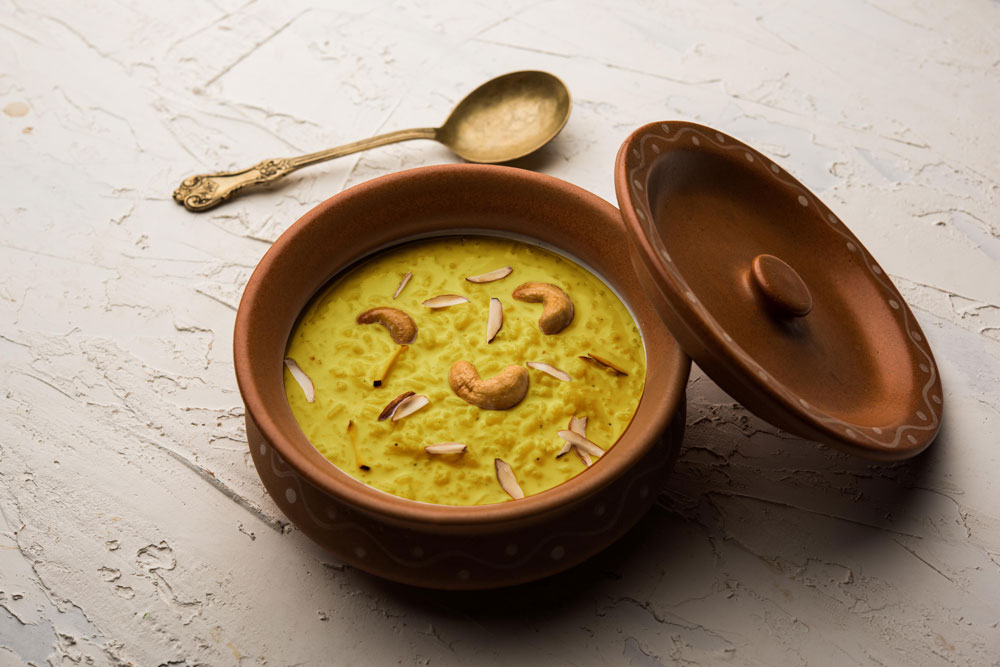
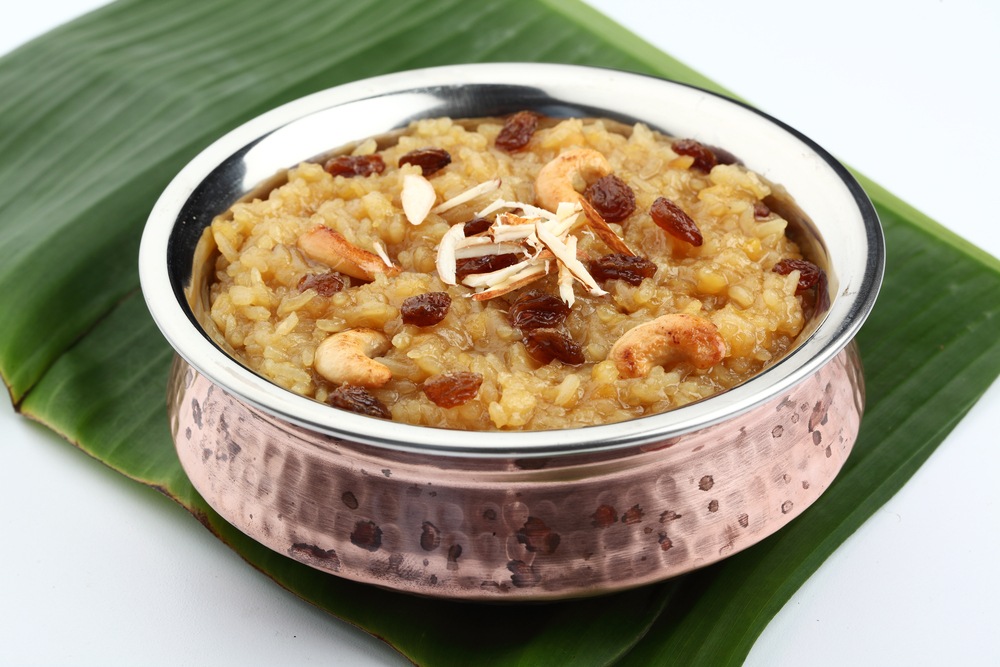
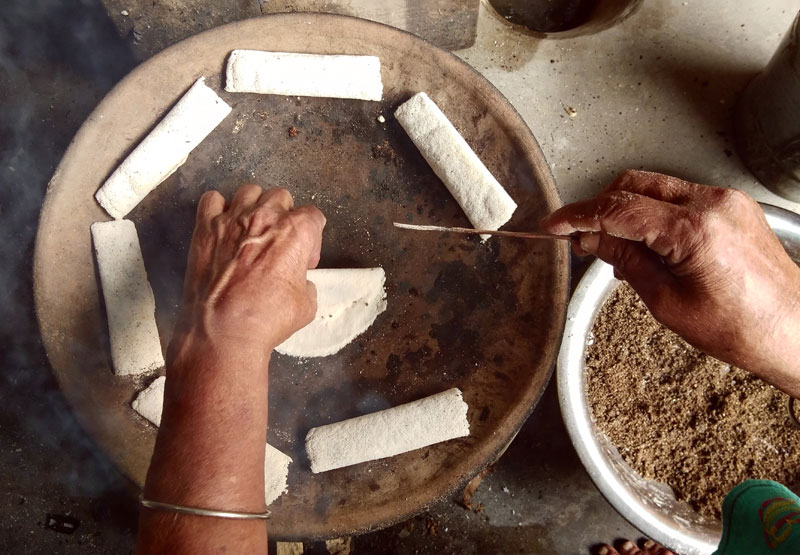



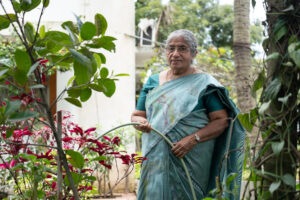






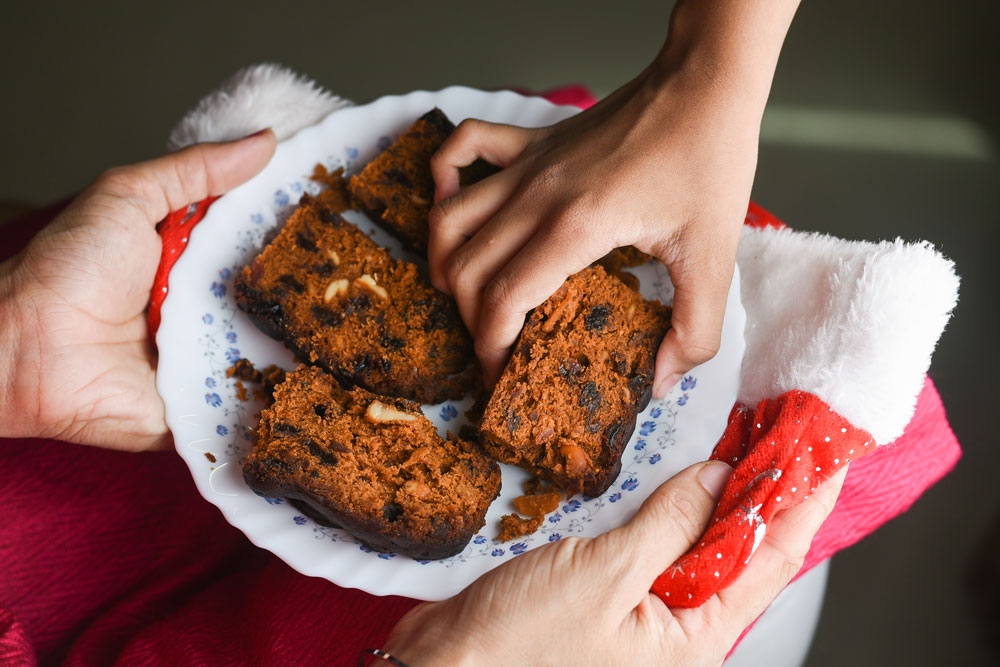




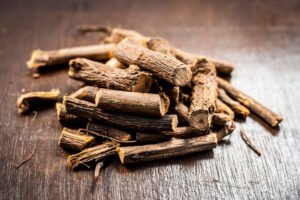
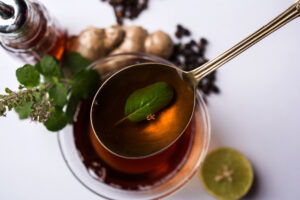






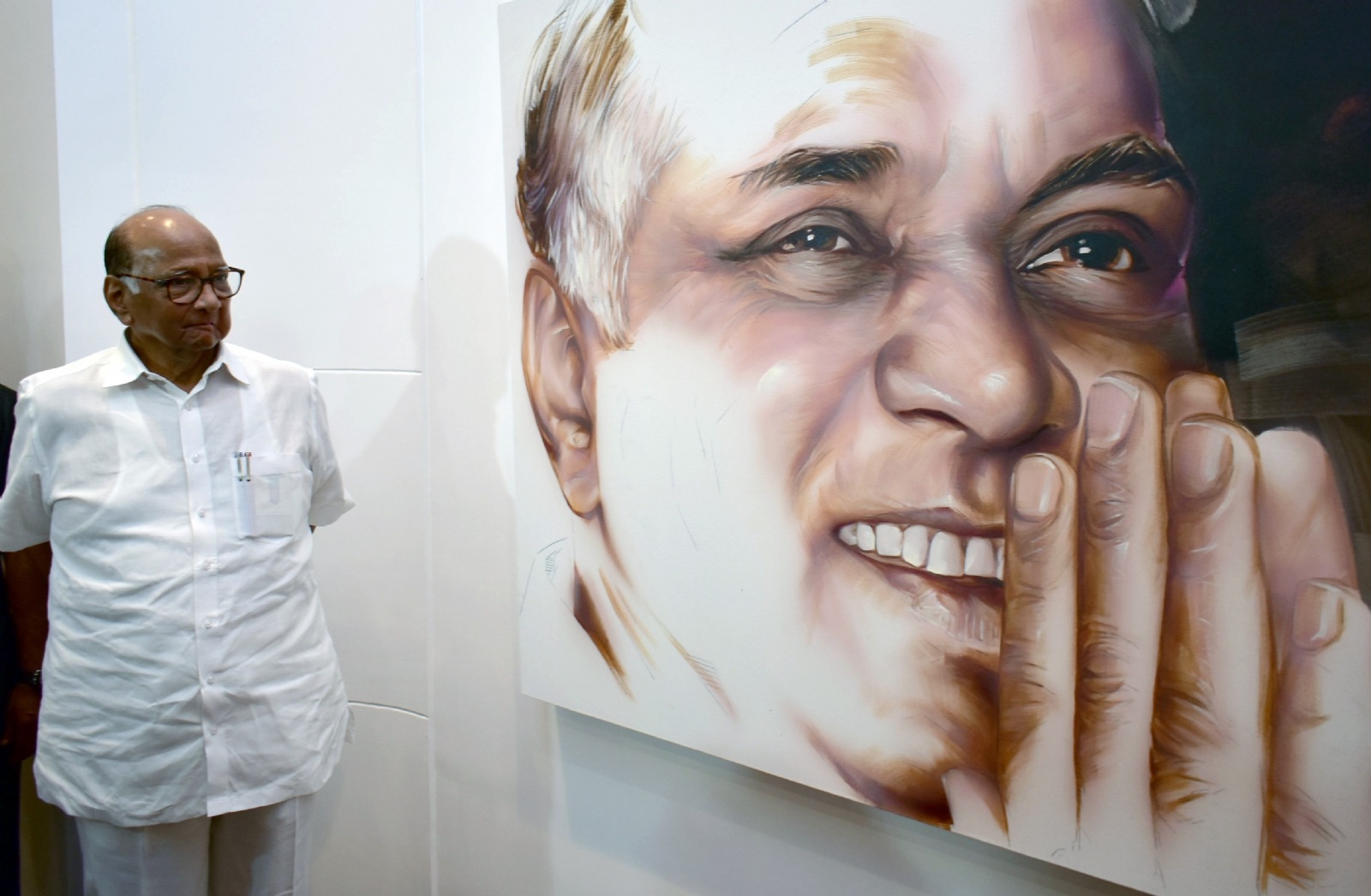
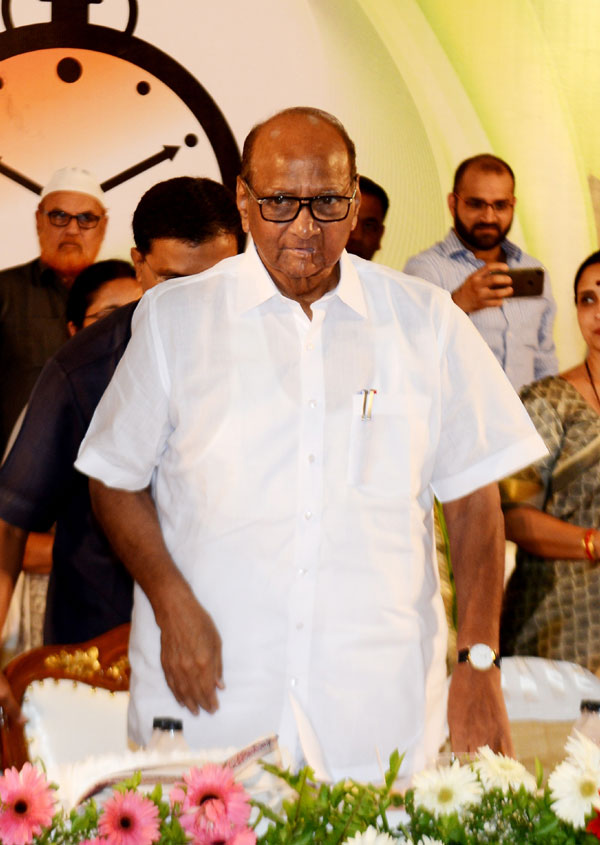 Soon after he was diagnosed with oral cancer more than a decade ago, while he was campaigning in 2004, still under medical treatment, he had himself discharged early from hospital so he could hit the campaign trail.
Soon after he was diagnosed with oral cancer more than a decade ago, while he was campaigning in 2004, still under medical treatment, he had himself discharged early from hospital so he could hit the campaign trail.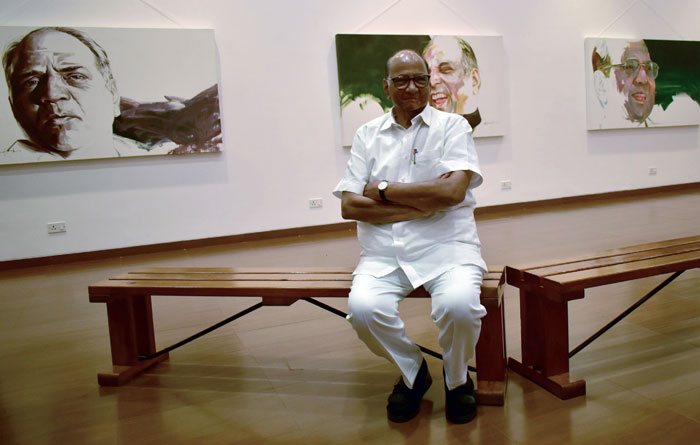
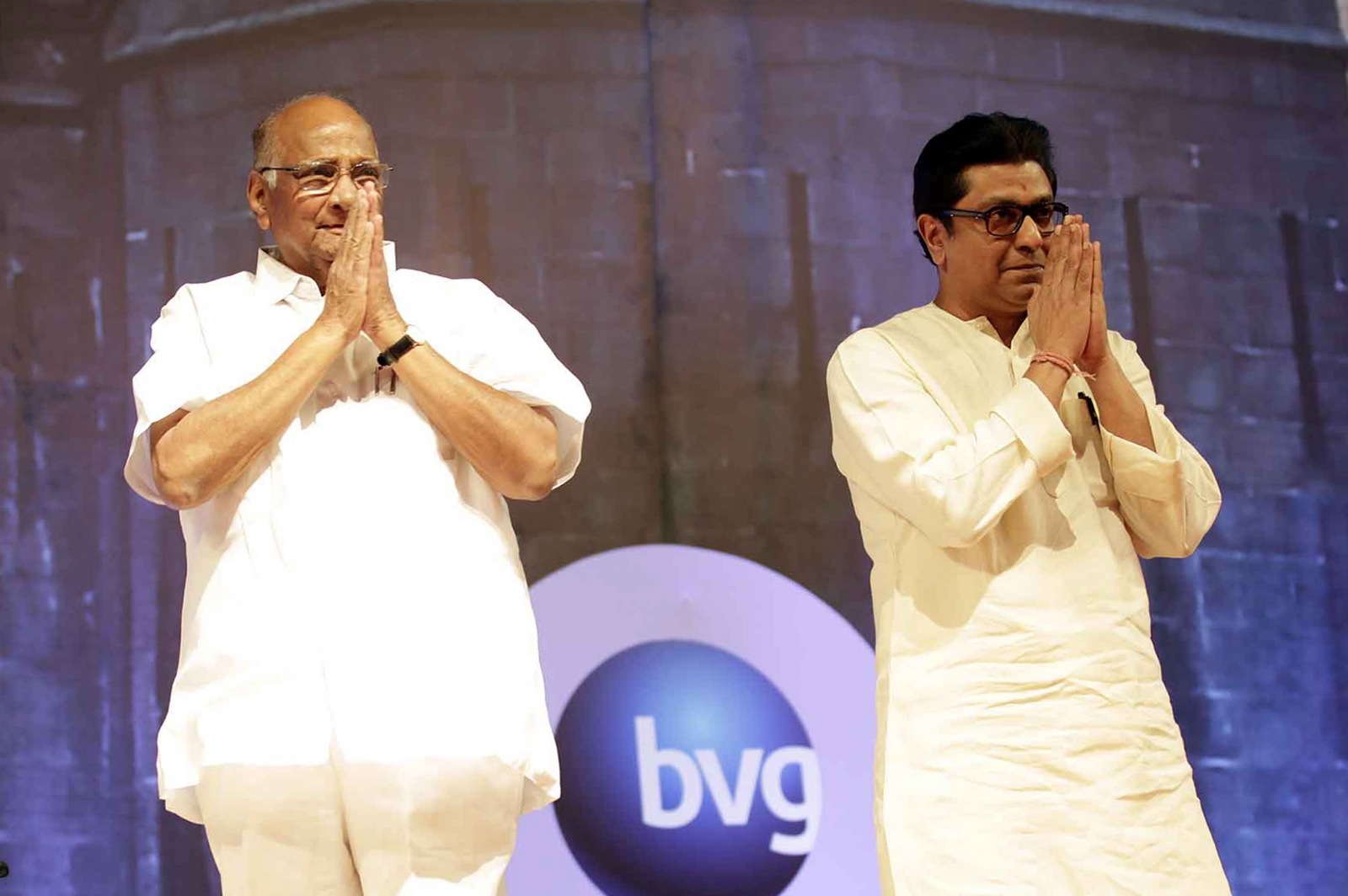

 During the 1971 War on the Eastern Front, in the Jessore-Khulna sector, I had the great opportunity to be part of the newly raised 2 Corps, which was tasked to advance and capture Jessore Khulna as part of the offensive plans to liberate East Pakistan and create Bangladesh, or what is known as the Liberation of Bangladesh.
During the 1971 War on the Eastern Front, in the Jessore-Khulna sector, I had the great opportunity to be part of the newly raised 2 Corps, which was tasked to advance and capture Jessore Khulna as part of the offensive plans to liberate East Pakistan and create Bangladesh, or what is known as the Liberation of Bangladesh.



 Institute (RSAMI) at Pune for lunch, and give them a vote of thanks for what they had done for the Ground Forces on 22 November 1971. Bagchi could not attend, but spoke with us via cellphone speaker, and the pilots unravelled their story as it unfolded that afternoon. Sharad Savur had played a very major role in assisting me on 7 December 1971, when as FAC, he stood with me in my gun position, and told his FAC detachment to help my gunners unload ammunition from the ammunition bay, and bring it to the guns. My guns were firing Charge Super at rate Intense, to support the infantry brigade (JAK Rifles, Madras and the Sikh Bns) in capturing Jessore successfully that night. My first CO then, Col Sahasrabudhe (3rd JSW-NDA, retired in Pune), welcomed the IAF pilots at the RSAMI and briefed them as to what had happened that afternoon in 1971, and how it paved the way for the Indian victory.
Institute (RSAMI) at Pune for lunch, and give them a vote of thanks for what they had done for the Ground Forces on 22 November 1971. Bagchi could not attend, but spoke with us via cellphone speaker, and the pilots unravelled their story as it unfolded that afternoon. Sharad Savur had played a very major role in assisting me on 7 December 1971, when as FAC, he stood with me in my gun position, and told his FAC detachment to help my gunners unload ammunition from the ammunition bay, and bring it to the guns. My guns were firing Charge Super at rate Intense, to support the infantry brigade (JAK Rifles, Madras and the Sikh Bns) in capturing Jessore successfully that night. My first CO then, Col Sahasrabudhe (3rd JSW-NDA, retired in Pune), welcomed the IAF pilots at the RSAMI and briefed them as to what had happened that afternoon in 1971, and how it paved the way for the Indian victory.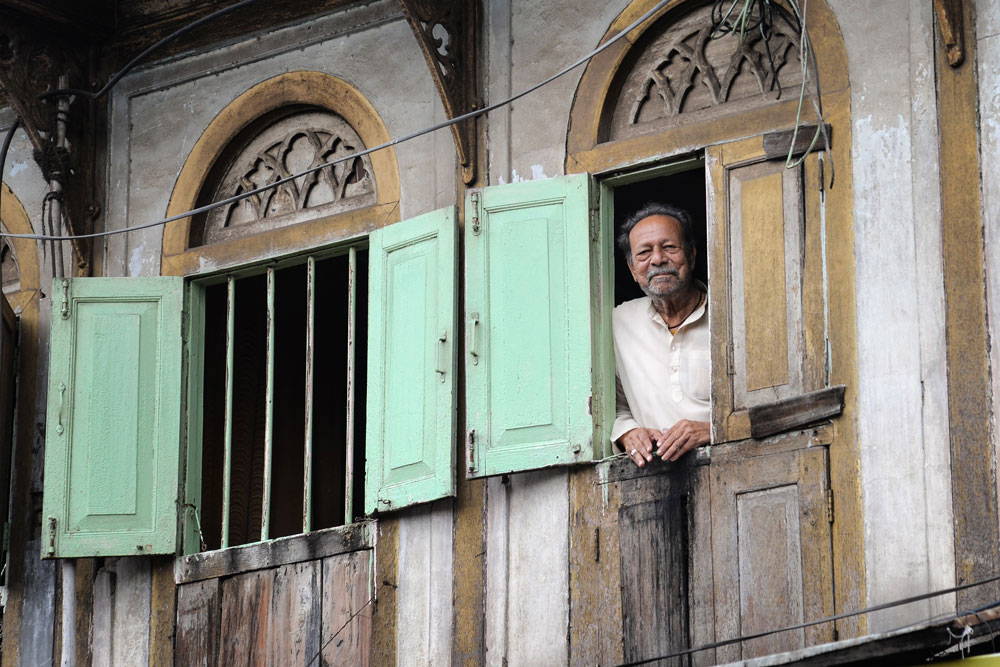


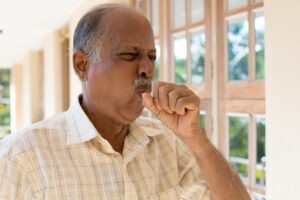

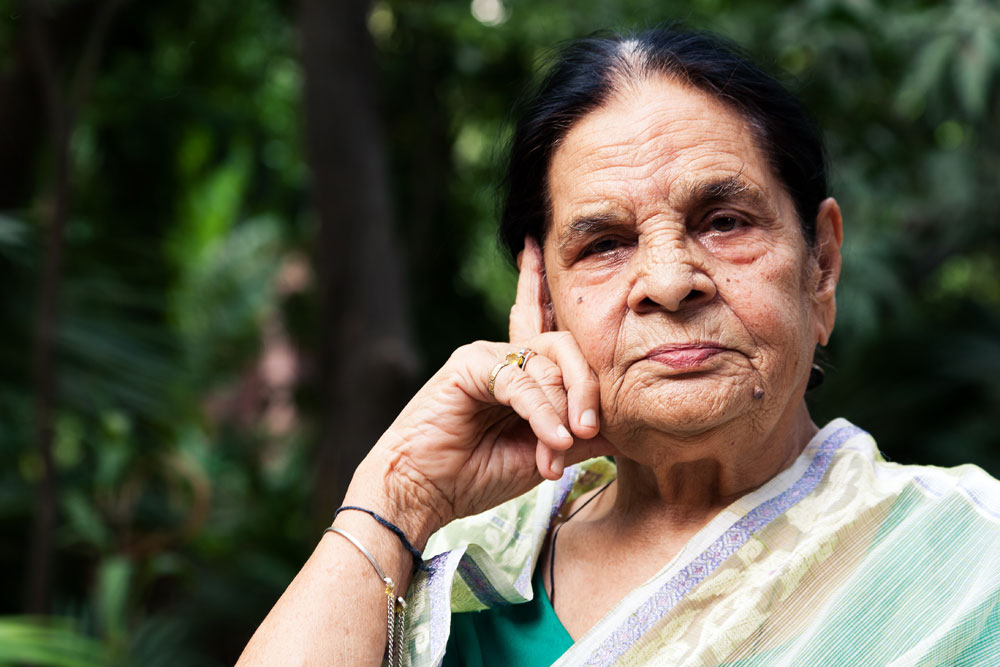

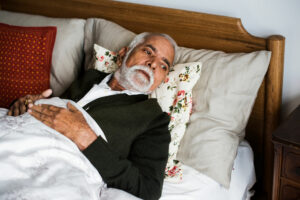



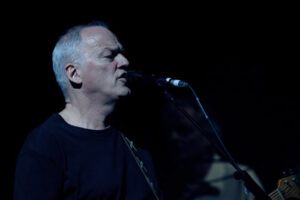

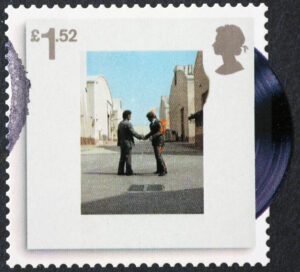

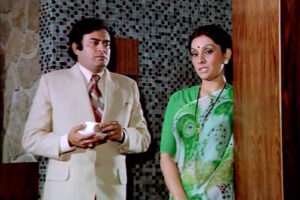

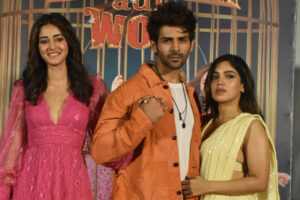
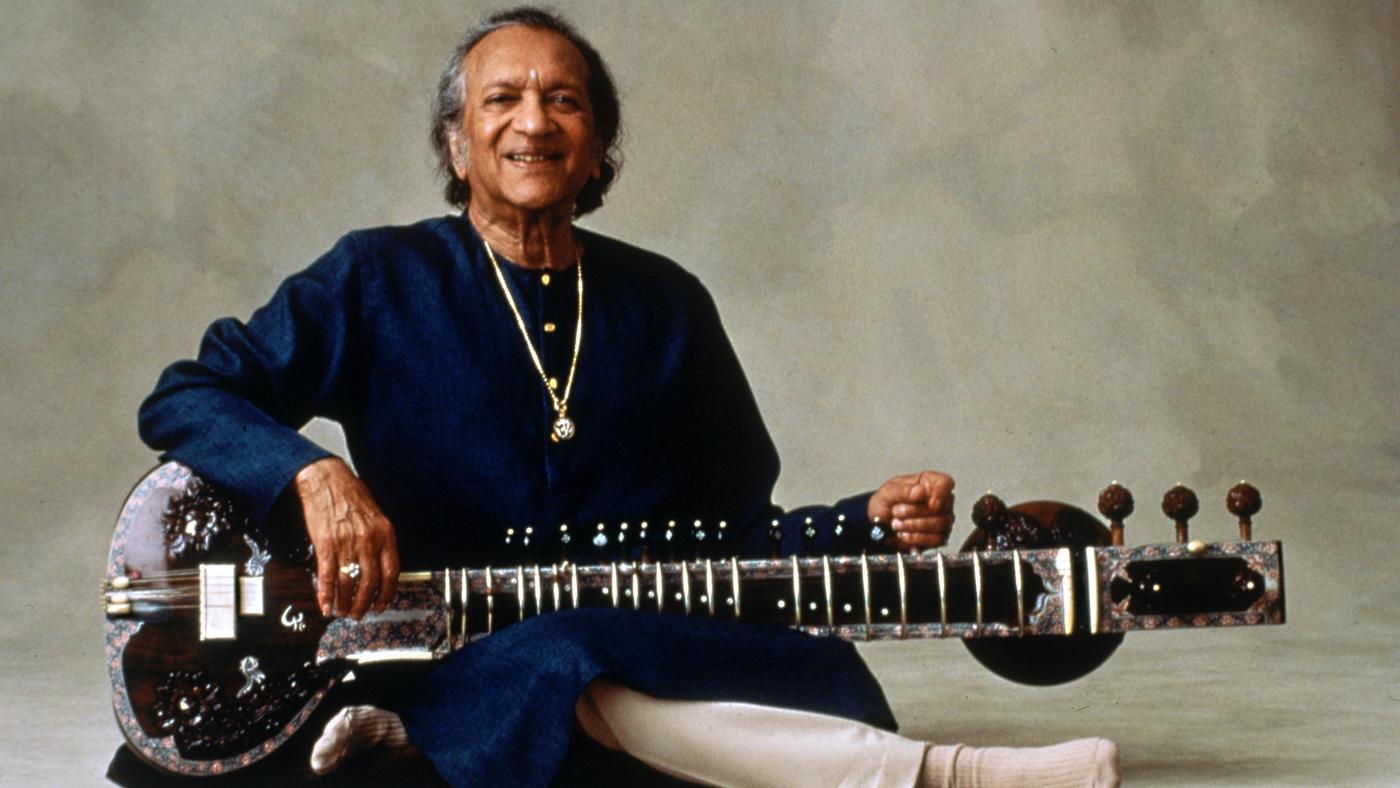
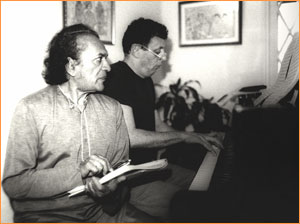
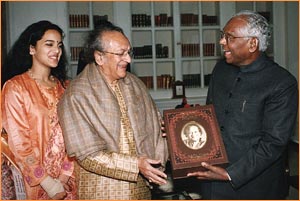
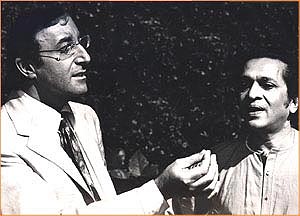
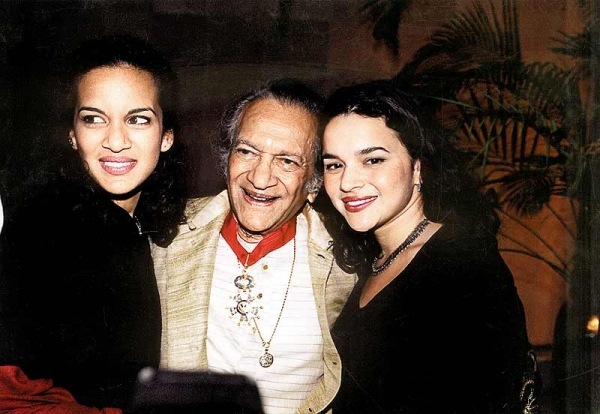
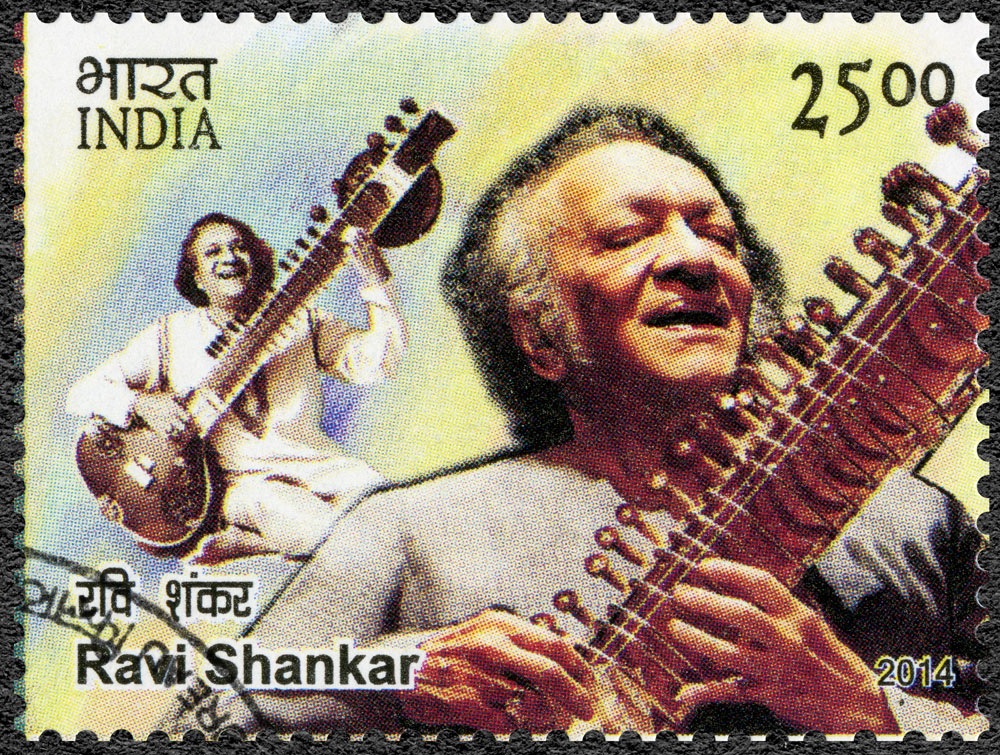

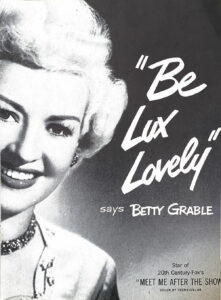

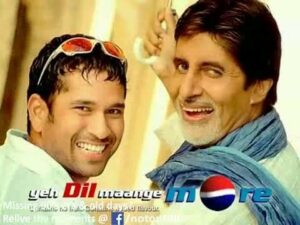



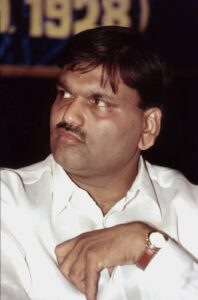 More than a quarter of a century after India’s Bombay Stock Exchange was rattled with an Rs5,000-crore Securities Scam, the Big Bull Harshad Mehta, the market maverick-turned-kingpin, has refused to fade into oblivion. Running from one jail to another and one court to another for nearly 9 years, Big Bull died at a young age of 47, on December 31, 2001, still facing a barrage of cases registered against him.
More than a quarter of a century after India’s Bombay Stock Exchange was rattled with an Rs5,000-crore Securities Scam, the Big Bull Harshad Mehta, the market maverick-turned-kingpin, has refused to fade into oblivion. Running from one jail to another and one court to another for nearly 9 years, Big Bull died at a young age of 47, on December 31, 2001, still facing a barrage of cases registered against him.
 Breathtakingly beautiful – that was my first reaction on seeing the sprawling flowerbeds from the top of the giant Ferris wheel.
Breathtakingly beautiful – that was my first reaction on seeing the sprawling flowerbeds from the top of the giant Ferris wheel.